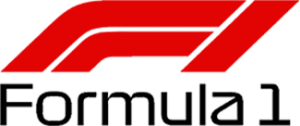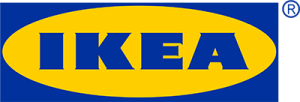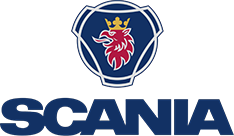Forklifts can place pallets at increasingly higher levels, making it more difficult for the operator to see if the forks are safely positioned in the pallet pockets. Constantly looking up can affect the operator’s physical health, potentially causing issues such as neck pain. This can lead to decreased efficiency or even the operator’s inability to work. Preventing damage and accidents is crucial to avoid costs, suffering, and reputational damage.
A camera positioned next to the extendable forks can prevent many operator complaints and positively impact the forklift’s efficiency, leading to higher driver satisfaction. The operator has a better view of the pallet pockets, reducing the likelihood of damage and improving safety. The camera is mounted in such a way that the operator always has a clear view of one of the forks, allowing for excellent positioning. This is especially useful for handling double-deep pallet storage.
Good visibility during the handling of pallets is a plus, and with a camera system on the reach forks, visibility of the forks is significantly improved when inserting pallets. This prevents the fork tips from hitting the rack beams or pallet blocks, which can have serious consequences.
Especially in internal logistics, it is crucial that pallets are moved in and out of the warehouse as quickly as possible. Efficiency is greatly improved with a camera system because the operator needs to maneuver less, which significantly reduces handling time.
The installation of a camera system is relatively simple because it primarily uses standard kits supplied by the camera system provider. This ensures a quick return on investment due to reduced damage and improved workflow.
The camera system provides a clear view of the fork tips, significantly enhancing visibility during pallet insertion and retrieval, reducing the risk of accidents.
Most camera systems are designed to be compatible with a wide range of telescopic forklift forks. However, it’s always best to check with the supplier for specific compatibility details.
Installation is relatively simple, as it mainly involves using standard kits provided by the camera system supplier, allowing for quick and easy setup.
The primary benefits include improved visibility, reduced damage to pallets and racks, increased safety, and enhanced efficiency in handling operations.
Like any equipment, the camera system should be inspected regularly to ensure it is functioning correctly. Maintenance requirements are typically minimal, involving occasional cleaning and checking for any damage.
The camera system simplifies the operator’s workflow by reducing the need for excessive maneuvering, which speeds up the handling process and increases overall efficiency.
The ROI can be realized quickly due to reduced damage to goods and equipment, improved workflow efficiency, and enhanced safety, all of which contribute to cost savings over time.














